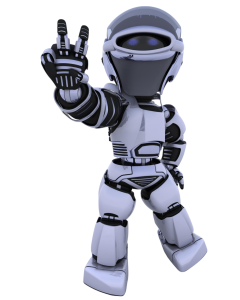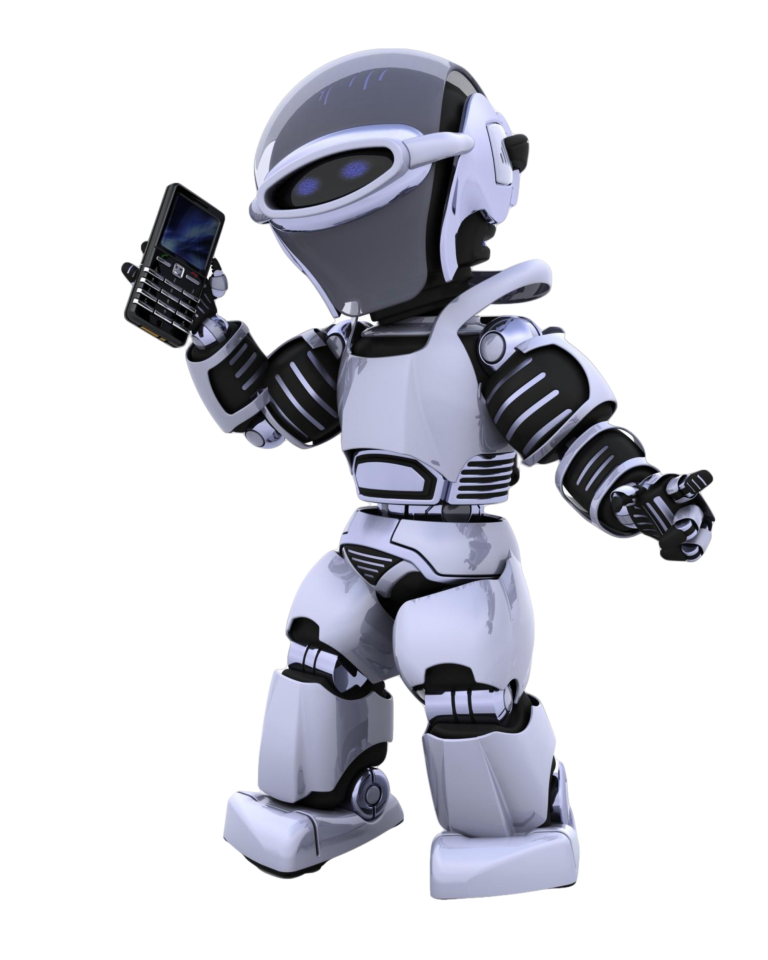Introduction
Alan Turing is one of the most influential figures in the history of computing and artificial intelligence (AI). He was a British mathematician, cryptanalyst and computer scientist who made significant contributions to the development of AI. He is best known for his Turing Test, which is a method for determining if a computer is capable of thinking like a human. He also developed the first computer program for playing chess. His work laid the foundations for modern AI and is still used today.
Turing’s Early Life
Alan Turing was born in London, England in 1912. He showed an aptitude for mathematics and science from an early age and went on to study mathematics at King’s College, Cambridge. He earned a first-class degree and was awarded a fellowship at King’s College.
During World War II, he was recruited by the Government Code and Cypher School to help break the German Enigma code. He developed the Bombe machine, which was used to decipher German messages and helped the Allies win the war.
Turing’s Contributions to AI
After the war, Turing continued his work in mathematics and computing. He developed the first computer program for playing chess, which was used to demonstrate the potential of computers to think like humans. He also proposed the Turing Test, which is a method for determining if a computer is capable of thinking like a human.
In 1950, Turing wrote a paper titled «Computing Machinery and Intelligence» which outlined his thoughts on machine learning and artificial intelligence. He proposed that a machine could be taught to think like a human by providing it with information and allowing it to learn from its experiences. This paper is considered to be the foundation of modern AI.
Turing Test and Legacy
The Turing Test is a method for determining if a computer is capable of thinking like a human. It involves a human judge interacting with a computer and a human and attempting to determine which is which. If the judge is unable to determine which is the computer and which is the human, then the computer is deemed to be intelligent.
Turing’s work on the Turing Test and his contributions to the development of AI continue to be used today. His legacy lives on in modern AI technology, which is being used in a variety of fields from self-driving cars to medical diagnosis.
Conclusion
Alan Turing was a pioneering figure in the field of computing and artificial intelligence. His work on the Turing Test, machine learning and the development of the first computer chess program laid the foundations for modern AI. His legacy continues to be felt today, and his contributions to the field of AI will be remembered for years to come.

